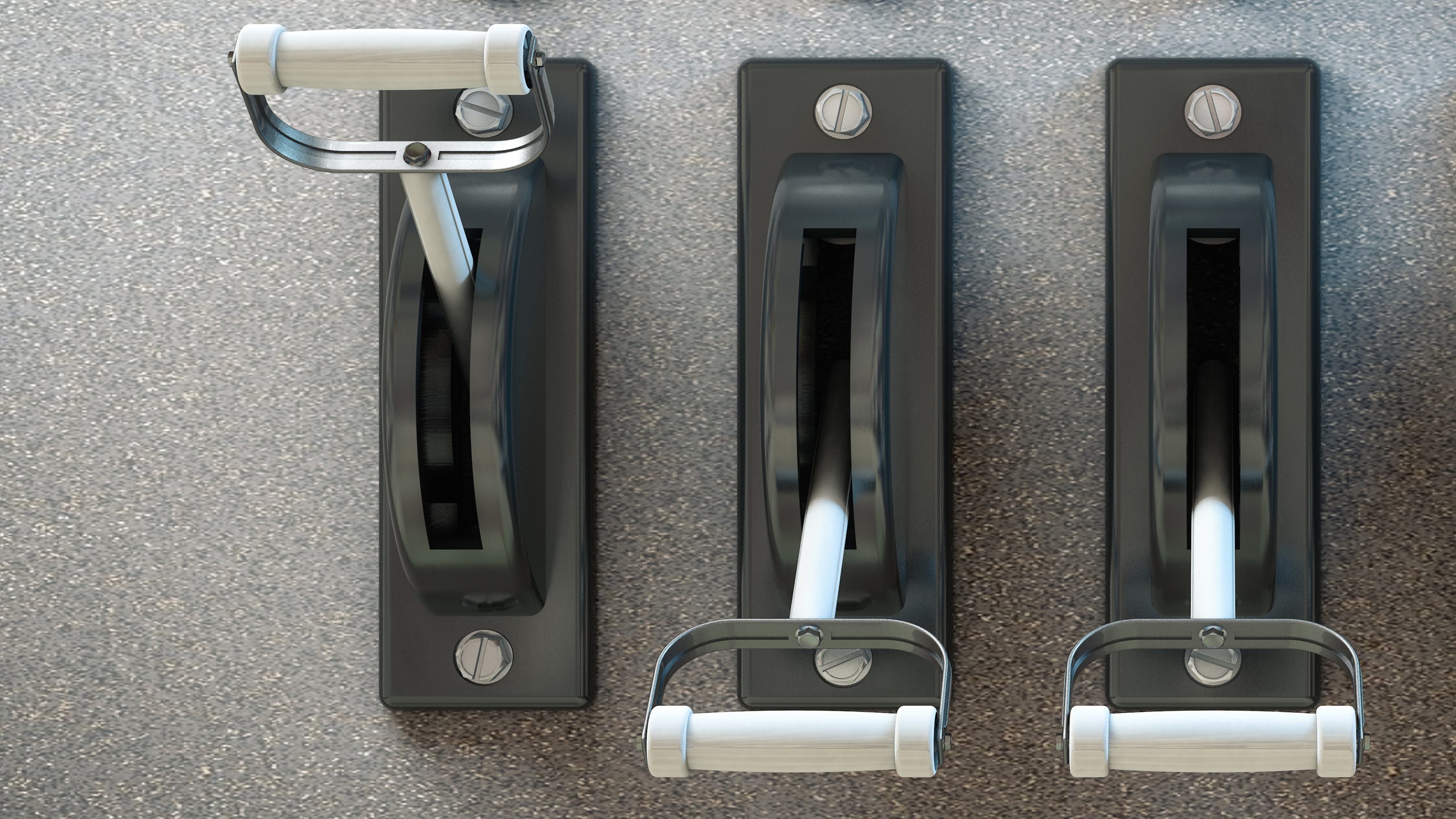How to Roll Over Your 401(k) Without Costly Regrets
Rolling your 401(k) over to an IRA the wrong way could cost you big-time in taxes and penalties. It’s worth it to consult a professional first.


If there’s one thing I’ve learned in my decades in finance, it’s that there’s rarely one right way to handle financial decisions — except when it comes to rolling over your 401(k).
Transferring funds from your 401(k) to an individual retirement account (IRA) can be a wise move. It offers greater control over your investments and potentially more diverse investment options. However, the 401(k) rollover process requires thinking ahead and planning each step carefully, because there are numerous pitfalls and nuances to navigate.
Retirement accounts, including 401(k)s and IRAs, will be a major source of income for the nearly 30 million people set to retire by 2030. If you’re one of them, it’s crucial to make the right choice.
From just $107.88 $24.99 for Kiplinger Personal Finance
Be a smarter, better informed investor.

Sign up for Kiplinger’s Free Newsletters
Profit and prosper with the best of expert advice on investing, taxes, retirement, personal finance and more - straight to your e-mail.
Profit and prosper with the best of expert advice - straight to your e-mail.
Here’s what you need to know to roll over your 401(k) funds — and, consequently, transition into retirement — with no regrets!
First things first: The right way to roll over without paying taxes or a penalty
A rollover involves moving money from a 401(k) plan to another tax-advantaged retirement account, typically an IRA.
Before even starting the rollover process, weigh the pros and cons of keeping your funds in your current employer’s retirement plan. Every 401(k) plan is different, with some offering benefits that might outweigh the advantages of your own IRA. For example, it’s not the norm, but if your company is willing to offer matching contributions even after you leave, it’s worth checking into it first.
In my experience, most people benefit from rolling over their 401(k) balances into their own individual retirement accounts, but only when they do it the right way. And that way is called a “direct rollover” or trustee-to-trustee transfer. It’s the safest option, because your funds are transferred directly from your 401(k) to your IRA custodian. This is how you avoid a huge tax bill and potentially steep penalties.
Generally, it works by opening a rollover IRA with the same tax status as your 401(k) plan at a discount brokerage firm, such as Schwab or Vanguard. If you have both traditional and Roth contributions, set up corresponding receiving accounts and get the account number from your investment firm. Next, contact your employer’s 401(k) plan administrator and request a direct transfer, emphasizing that you want a transfer — not a check written out to you. This ensures the check is made out to your new IRA custodian, avoiding complications.
I cannot emphasize this enough: Never take the money out yourself. Once you’re holding a check that is made out to you, 20% of your account balance will be withheld for taxes, and you’ll need to deposit the full amount into your IRA within 60 days. Failing to do this results in taxes and penalties, especially if you’re under 59½. A check would need to be made out to the institution's (or custodian’s) name for your benefit.
Celebrate your transfer: But don’t forget to invest it
Another key piece to doing a 401(k) rollover the right way is to continue investing and decide how you want to invest those funds once they’re transferred into your IRA.
This is where people make costly mistakes. According to a recent Vanguard report, about 28% of savers who rolled over their 401(k) funds into an IRA in 2015 left the money sitting as cash for at least seven years. This mistake costs savers a collective $172 billion per year, or an eye-popping $130,000 per person, in forgone wealth by the time they reach retirement age.
Remember, once the funds are rolled over to your IRA, they don’t automatically get invested in the same investments you had in your 401(k). While earning 4% or 5% in cash is acceptable, diversification remains the key to retirement income stability and protecting your portfolio from inflation. That means you have to make those investments yourself.
Additionally, be careful about email messages or rollover recommendations you receive from your in-plan 401(k) adviser promoting their annuities or other retirement income solutions before you retire. You want to avoid making decisions under pressure, especially if it feels like a hard sell. This is your life savings, and the investments presented to you may or may not be in your best interest, so take the time to understand the pros and cons beforehand.
Get unbiased advice from a fee-only, fiduciary adviser
Ultimately, I believe it’s a good idea to collaborate with an experienced fiduciary adviser on all your rollover details, not the least of which are smart tax planning strategies.
While you might not feel you “need” investment advice, if you’re thinking through a 401(k) rollover, it’s worthwhile to sit down with a fee-only financial adviser. An adviser can help you develop a comprehensive and resilient financial plan that considers your situation, future cash flows and your desired lifestyle, up to and through retirement. This deep dive should also include pros and cons of strategies for Roth conversions, as well as evaluating your RMDs (required minimum distributions) and the best options for claiming Social Security benefits.
A highly qualified fee-only adviser who specializes in retirement income planning should also help develop a game plan to keep fees and investing costs low, thereby boosting your returns. Don’t just take it from me. Studies show that individuals with a written financial plan are about three times more likely to achieve their financial goals.
Why fee-only? Because it means the adviser works directly for you and is not getting paid to sell insurance or mutual funds. In the case of a 401(k) rollover, for example, a fiduciary adviser will analyze and compare the fees and expenses of a workplace plan vs an IRA, assess the services and investments available in both, and provide necessary disclosures to help you make an informed decision.
Your rollover is essentially your future paycheck for the rest of your life. Therefore, who advises you can significantly impact your financial future. Unbiased advice isn’t just about your investments; it encompasses your family, personal lifestyle, spending habits, taxes and overall investment strategy. So, if you have a spouse with a rollover decision to make, too, consider planning together to get a complete picture of your financial future and ensure you’re getting qualified, personalized advice.
Sure, you don’t need to hire an adviser. Just remember that regrets often stem not from what you did, but rather from what you didn’t do.
Related Content
- Retirement Tips for 2024 From Five Retirement Experts
- Five Things I Wish I’d Known Before I Retired
- How to Get Your Money's Worth From Your Financial Adviser
- Should I Pay a Financial Adviser an Assets Under Management Fee?
- Want to Hire a Remote Financial Adviser? What to Consider
Profit and prosper with the best of Kiplinger's advice on investing, taxes, retirement, personal finance and much more. Delivered daily. Enter your email in the box and click Sign Me Up.

With more than 25 years in investor advocacy, Pam Krueger is the founder and CEO of Wealthramp, an SEC-registered adviser matching platform that connects consumers with rigorously vetted and qualified fee-only financial advisers. She is also the creator and co-host of the award-winning MoneyTrack investor-education TV series, seen nationally on PBS, and Friends Talk Money podcast.
-
 Four Spa Retreats for Well-Heeled Retirees
Four Spa Retreats for Well-Heeled RetireesWe hand-picked these U.S. spa retreats for their serenity, amenities and dedication to the comfort of older travelers. All are located in the Continental U.S.
-
 Four Military Benefits That Have Helped My Family
Four Military Benefits That Have Helped My FamilyMilitary life can be challenging for servicemembers and their families, but they're offered some significant financial benefits to help cushion the blow.
-
 Why More Americans Are Redefining Retirement, Just Like I Did
Why More Americans Are Redefining Retirement, Just Like I DidRetirement readiness requires more than just money. You have a lot of decisions to make about what kind of life you want to live and how to make it happen.
-
 A Compelling Case for Why Property Investing Reigns Supreme, From a Real Estate Investing Pro
A Compelling Case for Why Property Investing Reigns Supreme, From a Real Estate Investing ProInvestment data show real estate's superior risk-adjusted returns and unprecedented tax advantages through strategies like 1031 exchanges and opportunity zones.
-
 Are You Retired? Here's How to Drop the Guilt and Spend Your Nest Egg
Are You Retired? Here's How to Drop the Guilt and Spend Your Nest EggTransitioning from a lifetime of diligent saving to enjoying your wealth in retirement tends to be riddled with guilt, but it doesn't have to be that way.
-
 Government Shutdown Freezes National Flood Insurance Program: What Homeowners and Buyers Need to Know
Government Shutdown Freezes National Flood Insurance Program: What Homeowners and Buyers Need to KnowFEMA's National Flood Insurance Program is unavailable for new customers, increased coverage or renewals during the government shutdown.
-
 Separating the Pros From the Pretenders: This Is How to Tell if You Have a Great Adviser
Separating the Pros From the Pretenders: This Is How to Tell if You Have a Great AdviserDo you leave meetings with your financial adviser feeling as though you've been bulldozed into decisions or you're unsure of what you're paying for?
-
 Five Downsides of Dividend Investing for Retirees, From a Financial Planner
Five Downsides of Dividend Investing for Retirees, From a Financial PlannerCan you rely on dividend-paying stocks for retirement income? You'd have to be extremely wealthy — and even then, the downsides could be considerable.
-
 I'm a CPA: Control These Three Levers to Keep Your Retirement on Track
I'm a CPA: Control These Three Levers to Keep Your Retirement on TrackThink of investing in terms of time, savings and risk. By carefully monitoring all three, you'll keep your retirement plans heading in the right direction.
-
 Debunking Three Myths About Defined Outcome ETFs (aka Buffered ETFs)
Debunking Three Myths About Defined Outcome ETFs (aka Buffered ETFs)Defined outcome ETFs offer a middle ground between traditional equity and fixed-income investments, helping provide downside protection and upside participation.